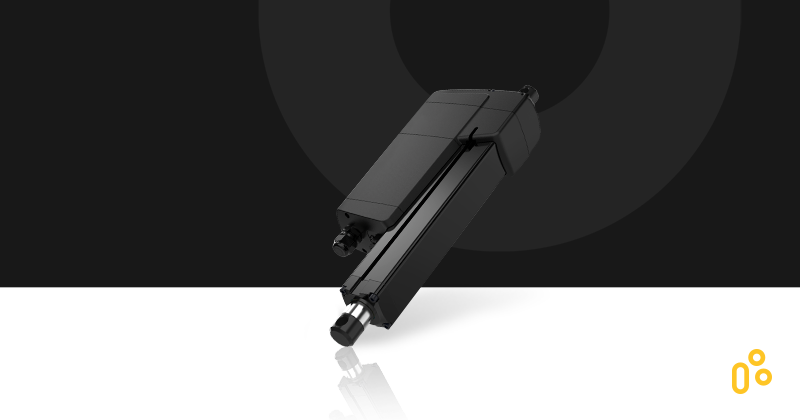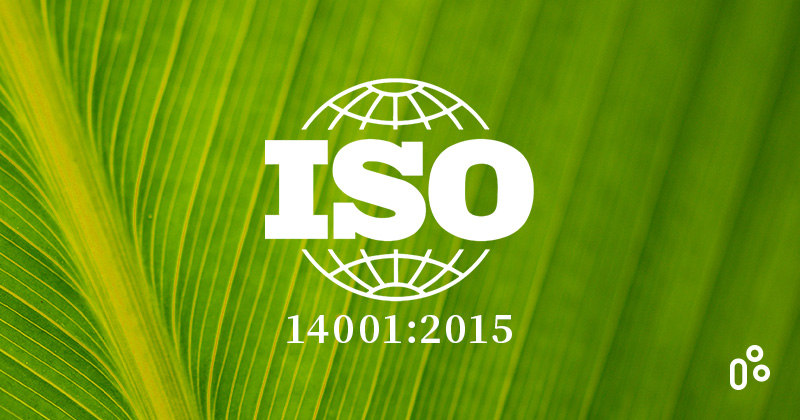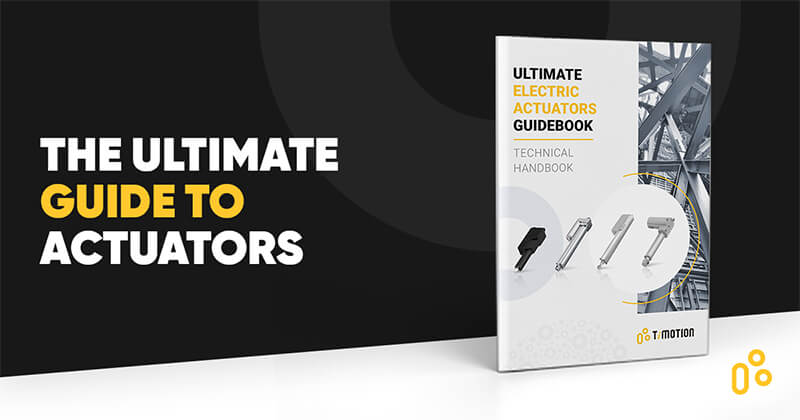2021/04/05
Part 5: IP Ratings and Lubrication
Noticias/Artículos
Welcome to part five of our six-part discussion of electric linear actuators' basics and factors to consider when purchasing an electric actuator. Whether you are operating an indoor electric linear actuator or an outdoor electric waterproof linear actuator, the actuator must be durable and made from quality components.
IP Ratings
Not only do the internal parts of an actuator affect its life span, but the ability to protect the actuator from intrusions such as solid objects and liquids will ensure its' long-lasting life as well. TiMOTION helps ensure this by adding a protective seal around the outside of our electric waterproof linear actuators and lifting columns. Depending on the application's environment, we can customize the protection level around the outside of the linear actuator. These levels are calculated based on the IP Rating. The IP rating stands for Ingress Protection rating (sometimes also interpreted as “International Protection” rating) that usually consists of two digits following "IP" which describes its level of protection.
The first digit indicates the level of protection against the ingress of solid foreign objects such as dust and debris. This scale ranges from 0 (not protected) to 6 (high protection from dust). The second digit indicates the level of ingress protection against liquids such as water. This protection scale ranges from 0 (not protected) to 8 (high level of protection from liquids).
| IP | 6 | 8 |
|
Ingress Protection |
First Digit: Solids Protection |
Second Digit: Liquids Protection |
The IP rating improves the lifetime of equipment, as well as the safety requirements for users. To ensure this, TiMOTION subjects all its finished products to pre-commercialization tests in strict circumstances beyond the actual conditions of use, thus allowing us to be confident in providing quality products. Our electric waterproof linear actuators can be sealed to the customized level of protection that a customer desires, with our most common protection levels ratings of IP42, IP54, IP66, and IP69K.
IP42
The IP42 protection typically applies to indoor applications where dust and water are not large factors, such as in a TV lift, household couch, chair, or adjustable bed. These applications are often used with our TVL3, TA5P, TA6, and TA14 linear actuator models.
IP54
The IP54 rating is more universal because it has a higher level of protection, allowing the actuator to operate in a more volatile environment such as a hospital, dental office, or warehouse. These applications are often used with our TA4, TA23, etc. actuator models.
IP66
The IP66 rating is one of our highest-level seals, which makes it a waterproof linear actuator. It can be placed typically in an outdoor environment where harsh conditions are present such as farm construction sites. Also, IP66 can be very important for medical and patient mobility equipment such as pool lifts and medical beds. These types of applications are often used with our TA16, TA23, and TA31 actuator models.
IP69K
We also offer an IP69K level of protection, which is considered one of the industry's highest. IP69K is a protection provision of high temperatures and pressured water. An actuator with this protection level can be sprayed down with a high-pressure hose, such as in an agricultural setting where dust, dirt, and chemical levels are high. The IP69K rating is an optional sealant on our MA1, MA2, MA5, JP3, and JP4 actuator models.
Lubrication
The type and amount of lubrication used in a waterproof linear actuator will significantly affect its life span. Think of lubrication as the linear actuator's blood; without it, all of the actuator parts won't work together and will NOT last. Lubrication helps reduce friction, which in turn helps regulate the temperature within the motor. It also keeps moving parts separate, reduces noise and vibration, and prevents corrosion to the machine.
The two main types of lubrication used are grease and oil. Grease is thicker than oil, allowing it to hold higher loads, and requires less frequent maintenance. TiMOTION uses a specific type of grease depending on the load/speed requirements of the actuator. Generally speaking, grease with a higher viscosity (thinner) will be used in lower-load applications, and grease with lower viscosity (thicker) will be used in higher-load applications, under operational temperatures from 5°C to 45°C.
We hope this has helped you develop a better understanding and foundation for electric linear actuation systems. We’ll discuss the main position feedback sensors used within the electric linear motion systems in our final installment. If you have further questions and/or would like help with your next application, TiMOTION would be glad to assist you. We specialize in partnering with our clients while providing quality solutions for their linear motion needs.
|
Further reading: |
|
|
→ |
|
|
→ |
|
|
→ |
Part 3: Electric Linear Actuators With Integrated Safety Option |
|
→ |
|
|
→ |
|
|
→ |
|
|
→ |
|
|
→ |
Advantages And Drawbacks Of Three Types Of Actuator Systems: Pneumatic, Hydraulic, And Electric |











